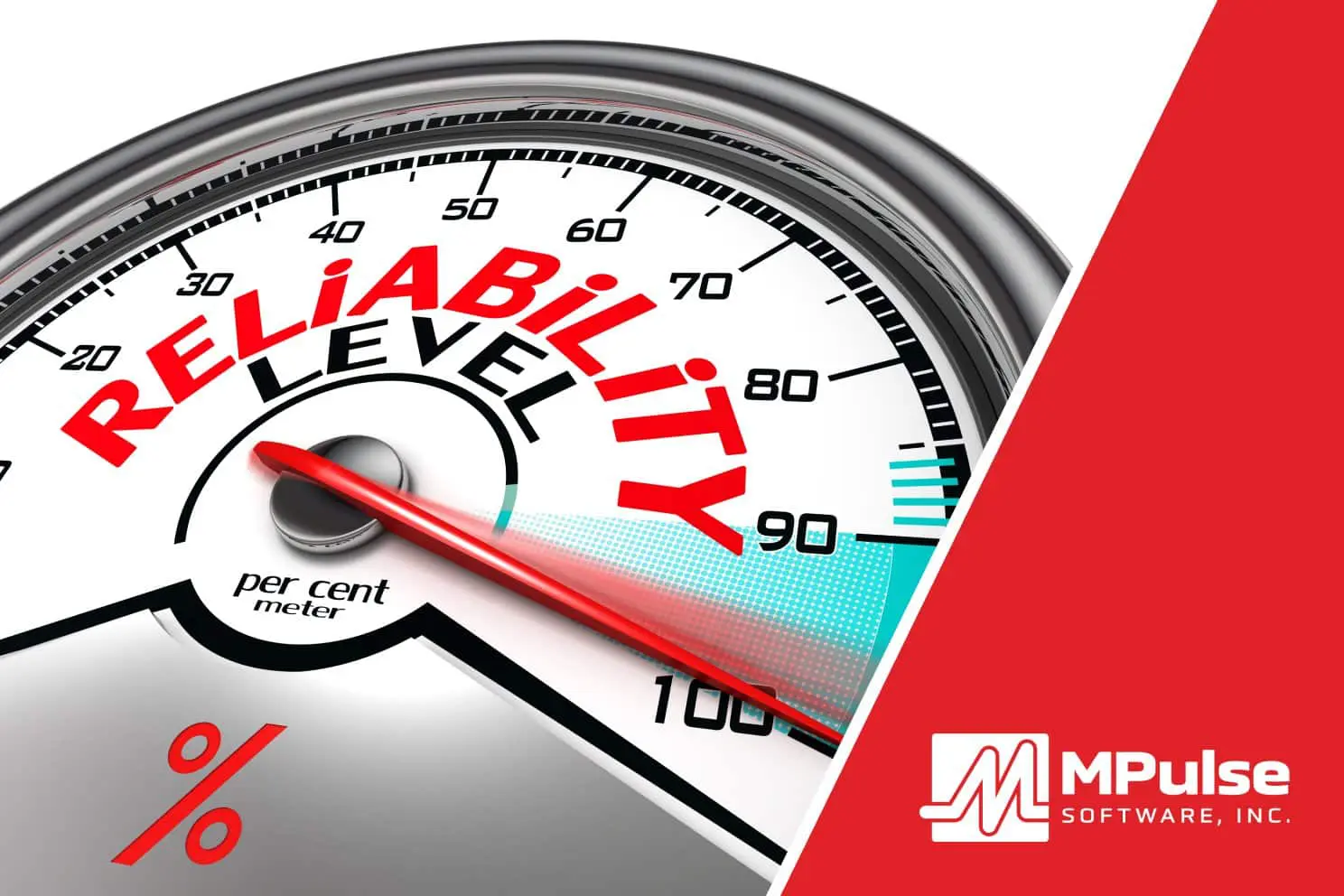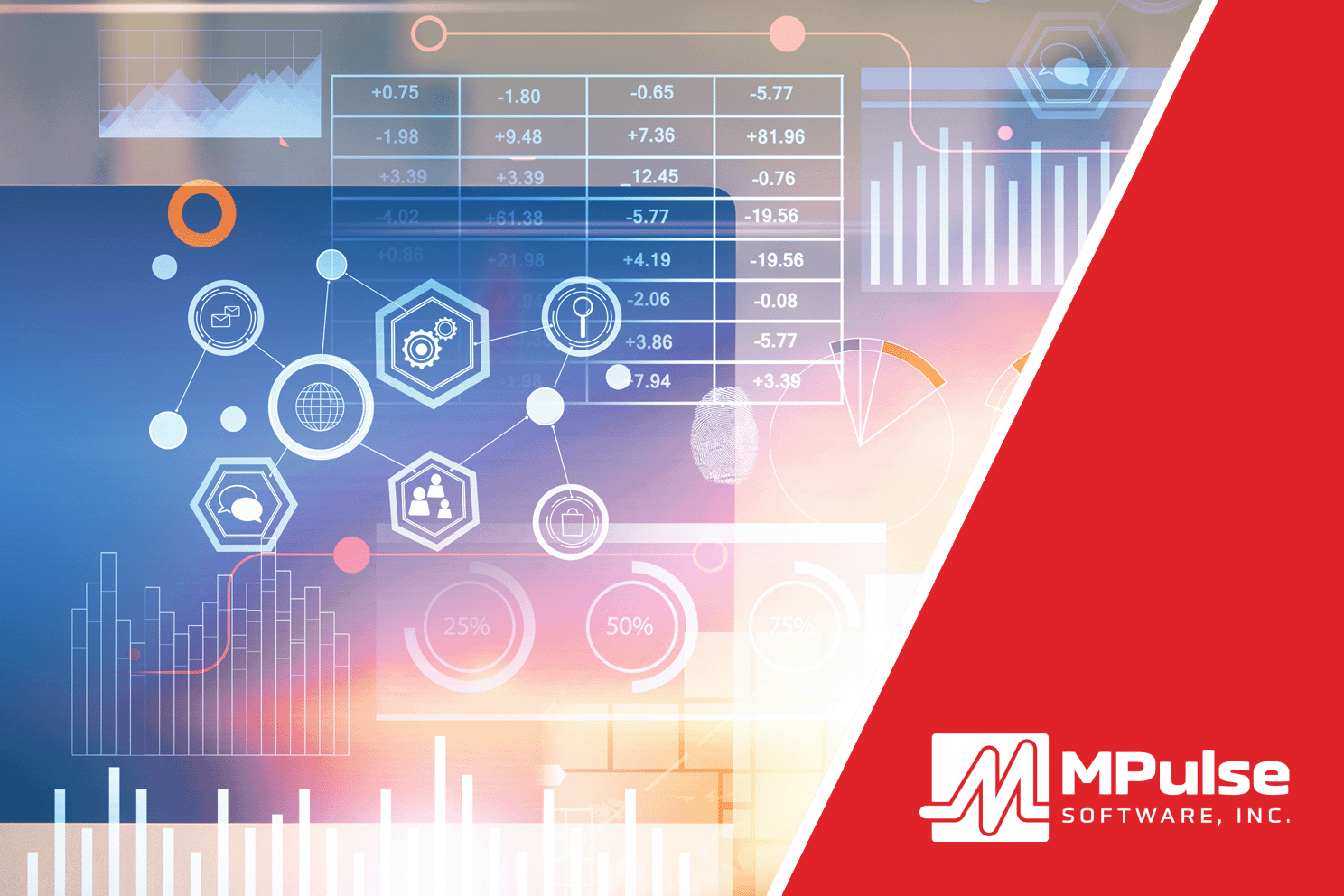Globalization and economic pressures are forcing companies to build efficiencies wherever possible. As a result, the reliability of assets will become even more important than ever.
Table of Contents
What is Reliability Centered Maintenance?
Reliability centered maintenance (RCM) defines maintenance as the means to maintain an asset’s functions in a defined operating context. Therefore, companies can focus resources on equipment that would cause the most disruption if it failed.
Learn more: What is Reliability Centered Maintenance?
Building efficiency with RCM can result in cost savings and improved reliability of your assets. However, it takes tracking, monitoring, and auditing your maintenance program to reap the benefits of RCM.
What Are the Benefits of CMMS Software for RCM?
CMMS software offers the best tools to track and monitor your RCM program. Additionally, as CMMS automatically gathers data with every work order, you can see what’s working, and what needs more attention.
As a result, you can quickly produce status reports and documents giving details or summaries of your team’s maintenance work, like…
- Who’s doing what and how long it takes them to do it
- How much that asset really costs, and when it’s more cost-effective to replace it
- Which parts are overstocked or understocked, and which parts need longer lead times
- What’s the inventory turn rate
- How much the department is spending and on what
- Which assets are pulling their weight, and which ones aren’t
- How much a breakdown really costs
- What to do to prevent those breakdowns before they happen
Evaluation Criteria for Reliability Centered Maintenance
Maintenance teams can set up their CMMS software to evaluate their RCM program.
The technical standard SAE JA1011, Evaluation Criteria for RCM Processes outlines the evaluation criteria…
- What is the item supposed to do and its associated performance standards?
- In what ways can it fail to provide the required functions?
- What are the events that cause each failure?
- What happens when each failure occurs?
- In what way does each failure matter?
- What systematic task can be performed proactively to prevent, or to diminish to a satisfactory degree, the consequences of the failure?
- What must be done if a suitable preventive task cannot be found?
Setting Up Audits for RCM
Maintenance managers know their operations will change over time. Employees come and go. New equipment arrives. Vendors and suppliers change. Therefore, the auditing process for RCM enables organizations to determine how those changes impact operations. It’s also a chance to identify new areas to improve.
An audit should analyze assets individually to identify potential issues. Next, identify the appropriate maintenance strategy to ensure the asset can function at its maximum capacity.
Scheduled audits should also offer a chance review those decisions to make changes and updates as necessary.
RCM and Condition-Based Maintenance
Condition-based maintenance (CBM) is one tool that can augment an RCM program. CBM keeps tabs on the actual state of your critical assets by recording the output of any meters and gauges on that asset. For example, sensors attached to equipment will use methods like vibration, viscosity, ultrasound, thermography, and other technologies to determine any changes to the condition of that asset.
In combination with CMMS software, maintenance teams can use that data to identify patterns that could lead to machine failure. When an asset’s condition changes outside of specified ranges, your software lets you know immediately with CBM assessments. As a result, you can react to prevent breakdowns before they happen. You also can use CMMS software to…
- Monitor multiple meters (e.g., revolutions, psi, hours) on a single asset
- Specify multiple conditions, triggers, and responses
- Automatically generate work orders based on specified triggers
- Use data analysis tools to identify potential problems
- Set up automatic notifications
- Produce status reports and documents
That data goes a long way to set up an effective RCM. Therefore, you can continue to monitor and audit your program to build efficiencies.
Data-Driven Decision Making
Organizations can use RCM to reduce maintenance costs, minimize downtime, streamline and increase production, maintain safety standards, and improve profitability. CMMS and RCM also can help organizations by providing data-driven decision-making. Data-driven management simply means making management decisions backed by reliable data.
Technological advances continue to make more and more detailed, relevant data available. Additionally, with that increased capability comes the opportunity to improve organizational performance at all levels, and in all departments. This type of maintenance management also helps organizations compete in increasingly complicated and competitive markets.
Have questions about setting up an RCM program or improving your current one? Contact us to get started.






